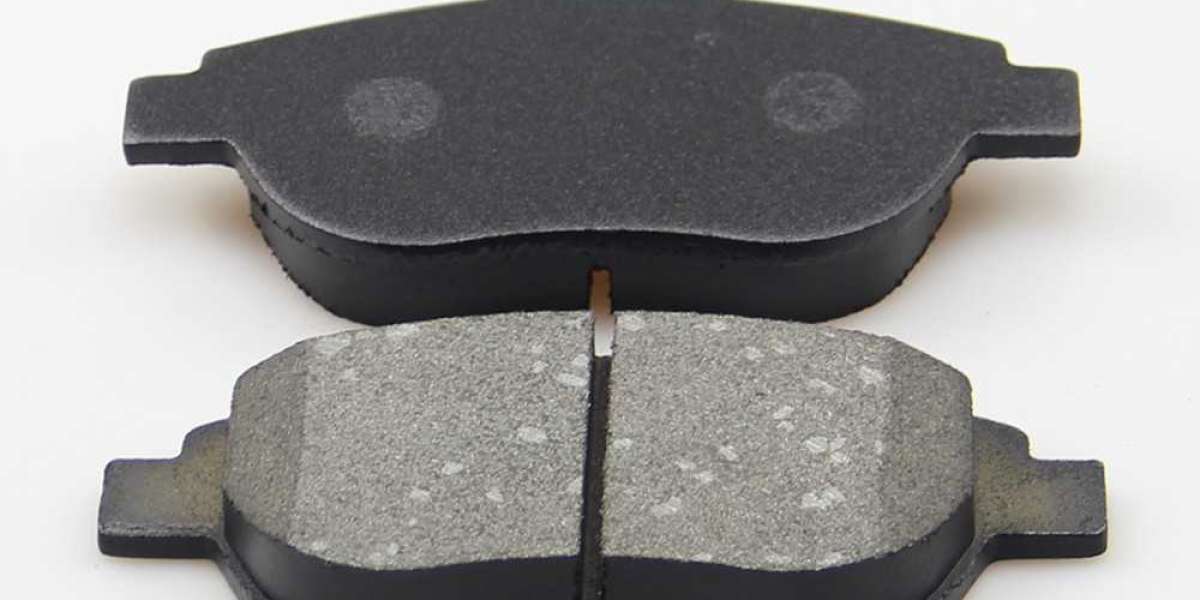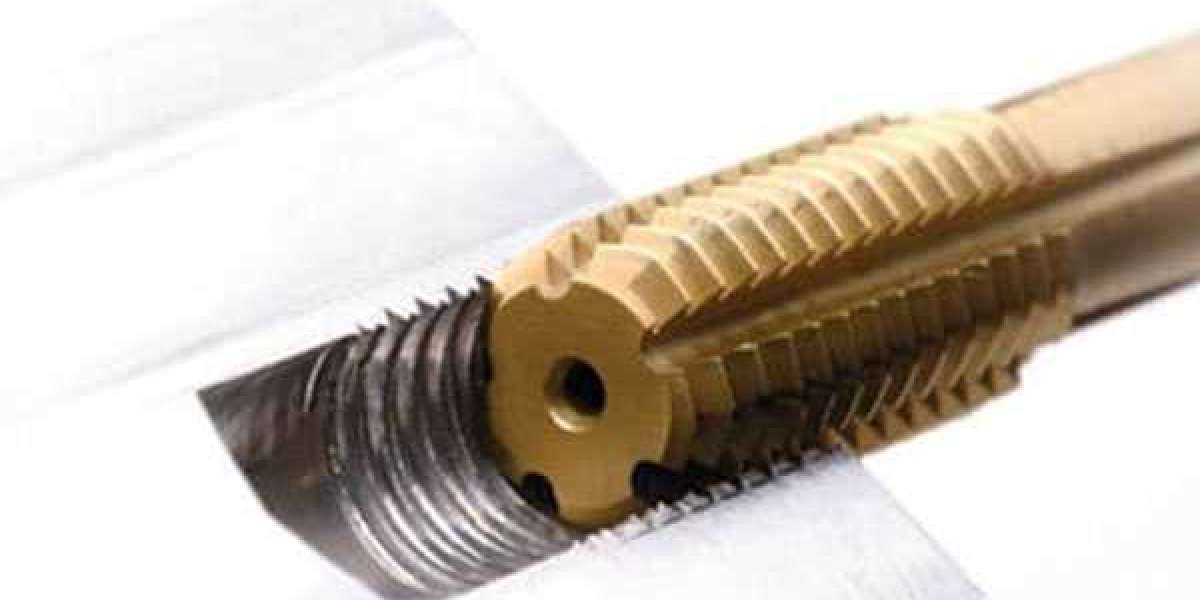Braking systems are divided into two types: drum brakes and disc brakes.
Drum brakes are a traditional braking system. In simple terms, it consists of a brake oil pump, pistons, brake pads, and a drum chamber. When braking, high-pressure brake oil from the brake caliper pushes the pistons, applying force to the two semi-circular brake shoes, which press against the inner wall of the drum chamber, using friction to stop the drum from rotating, thus achieving braking.
Similarly, the operation of disc brakes can be likened to holding a rotating disc between your thumb and finger; the disc will stop rotating. A vehicle’s disc brake system consists of a brake oil pump, a brake disc connected to the wheel, and a brake caliper mounted on the disc. During braking, high-pressure brake oil pushes the pistons in the caliper, pressing the brake pads against the brake disc to create the braking effect.
Disc brakes, sometimes called disk brakes, can be divided into conventional disc brakes and ventilated disc brakes. Ventilated disc brakes have a gap between the two discs to allow airflow through, and some ventilated discs even feature numerous circular vents or grooves on their surfaces. This airflow improves cooling compared to conventional disc brakes.
The main advantages of disc brakes are their ability to brake quickly at high speeds, better heat dissipation than drum brakes, consistent braking performance, and compatibility with advanced electronic systems like ABS. The main advantage of drum brakes is that the brake shoes experience less wear, are more cost-effective, and are easier to maintain. Due to their superior absolute braking force, they are commonly used on rear-wheel drive trucks.














